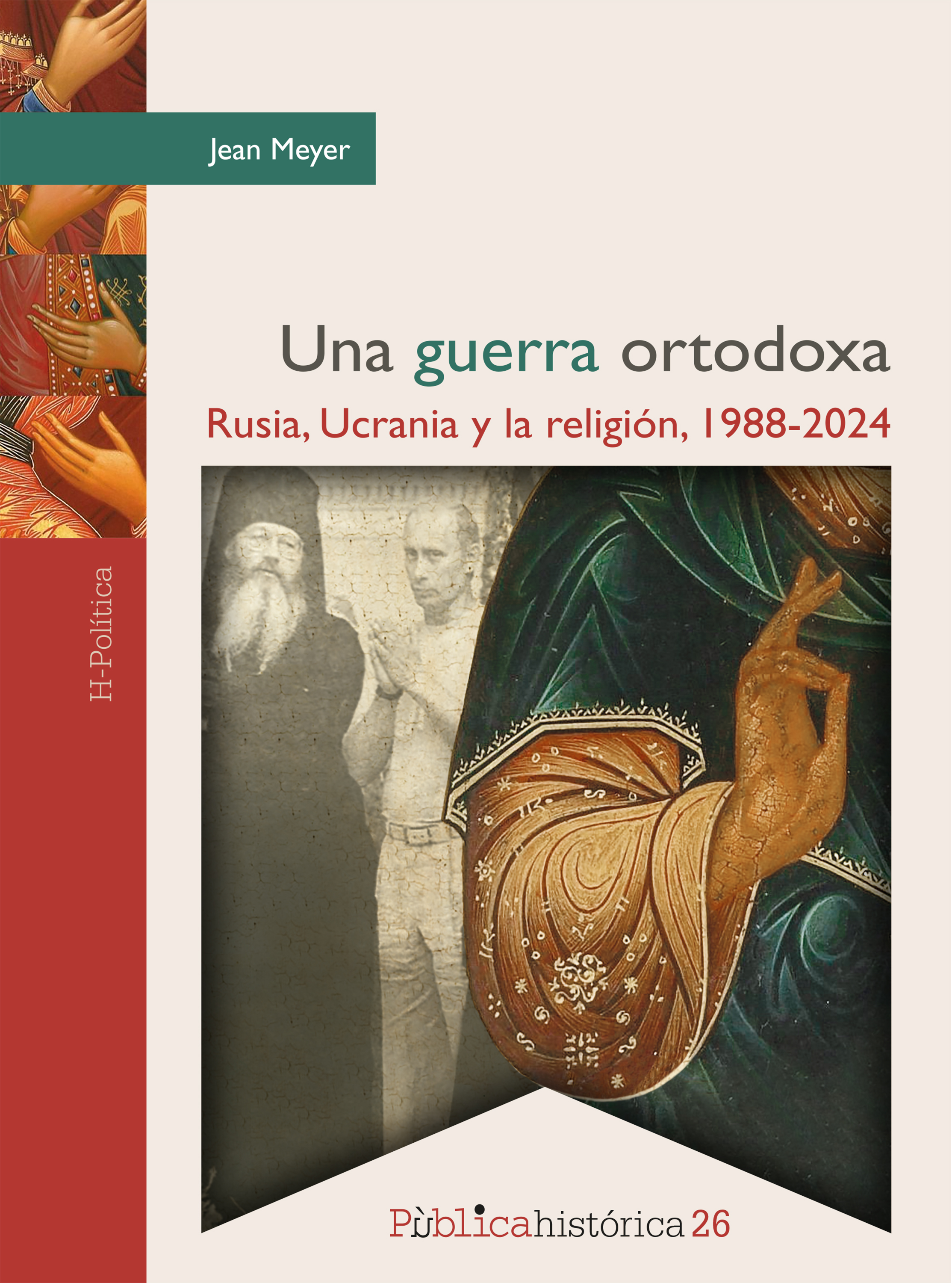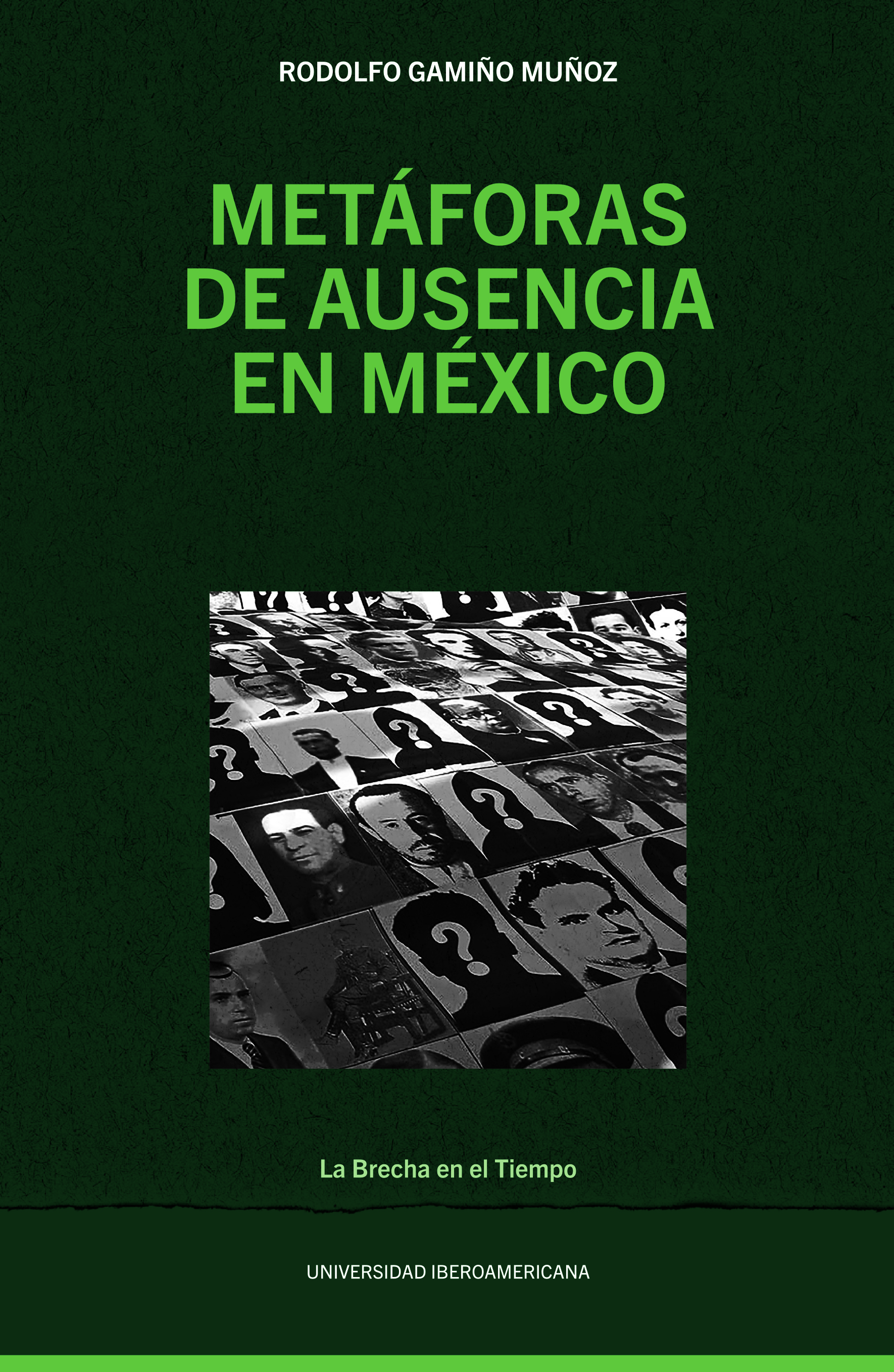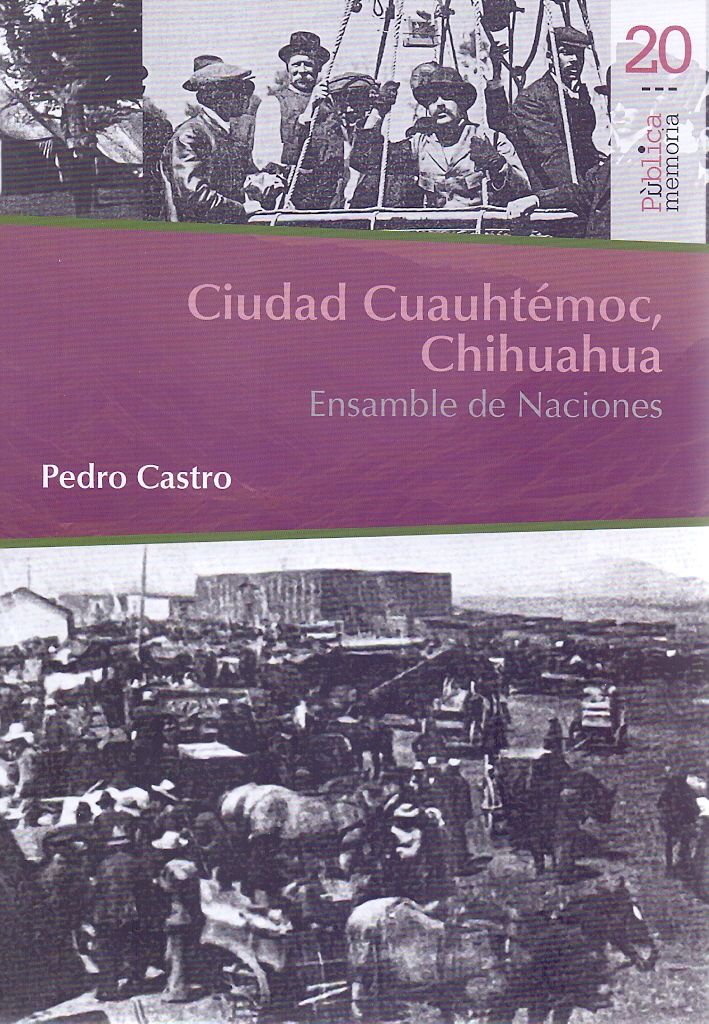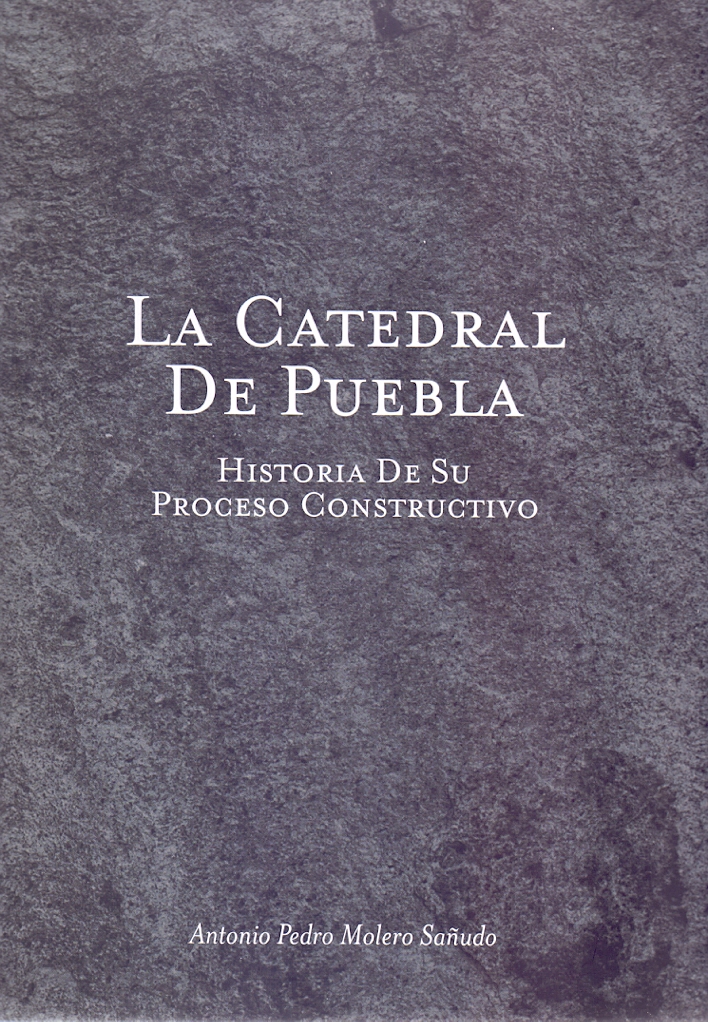Libros relacionados
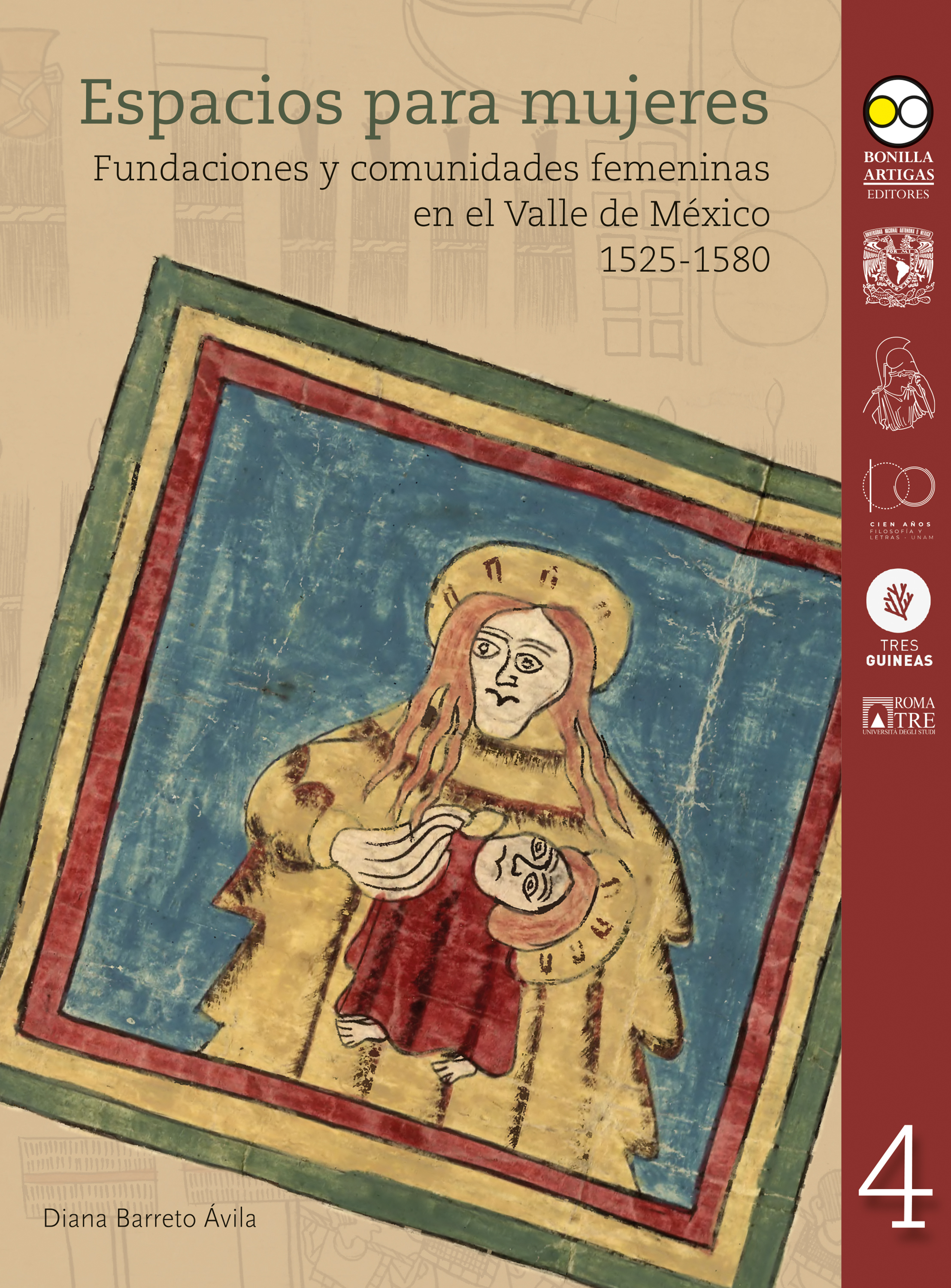 |
Espacios Para Mujeres: Fundaciones y Comunidades Femeninas en el Valle de Méxic Barreto Ávila, Diana Bonilla Artigas Editores |
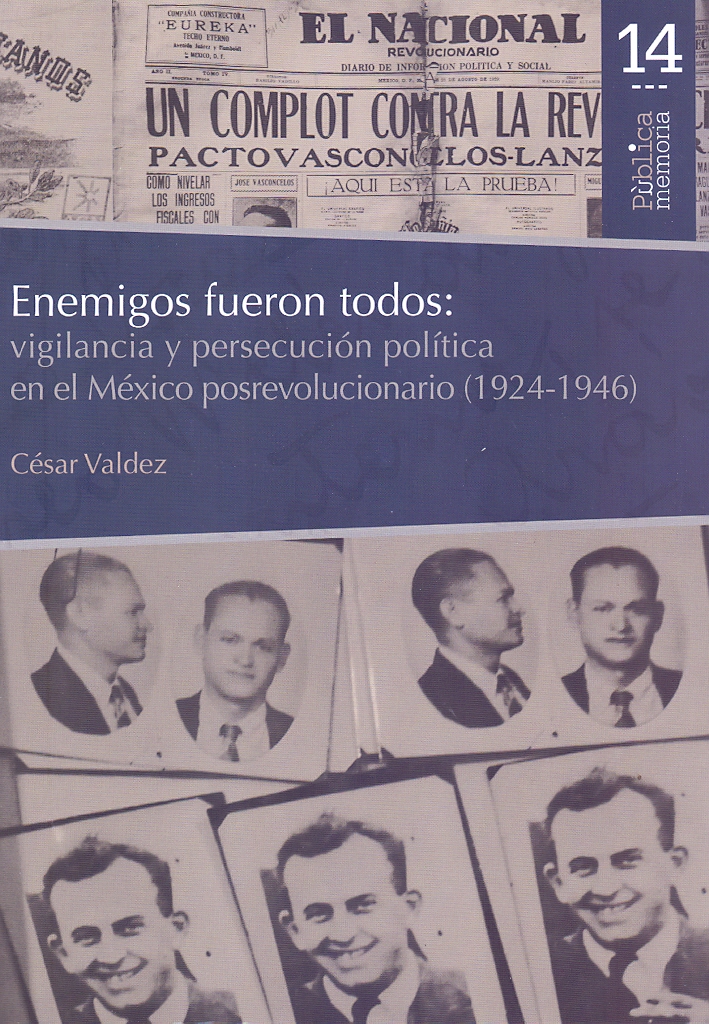 |
Enemigos Fueron Todos: Vigilancia y Persecución Política en el México Posrevoluc Valdez César Bonilla Artigas Editores |
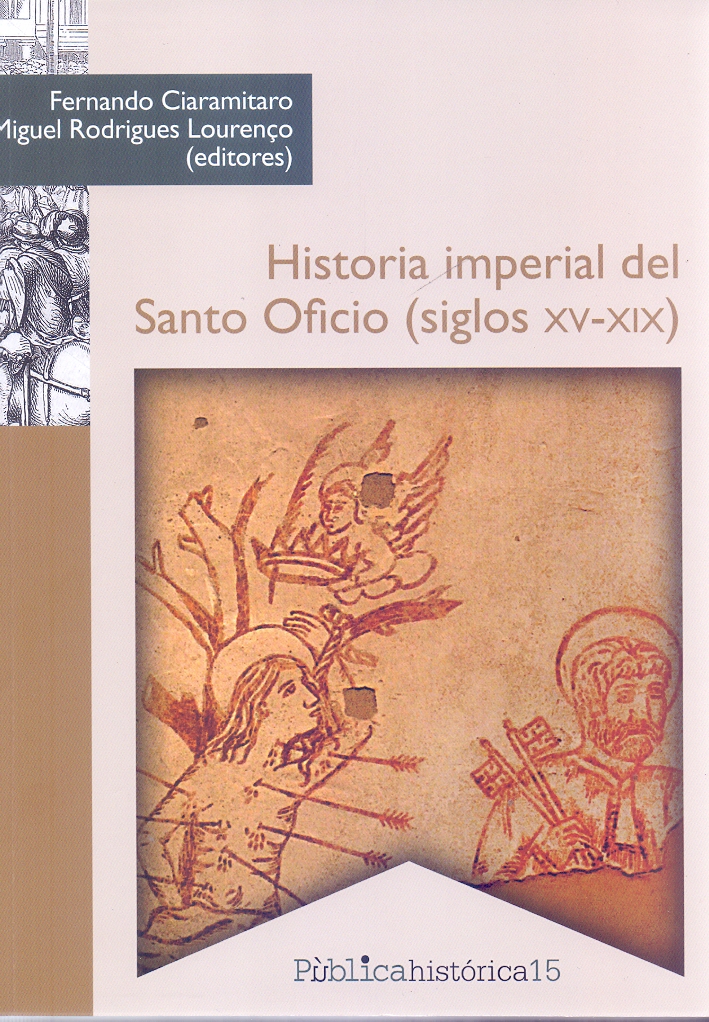 |
Historia Imperial del Santo Oficio (Siglos XV-Xix) Fernando Ciaramitaro, Miguel Rodrigues Lourenço Bonilla Artigas Editores |
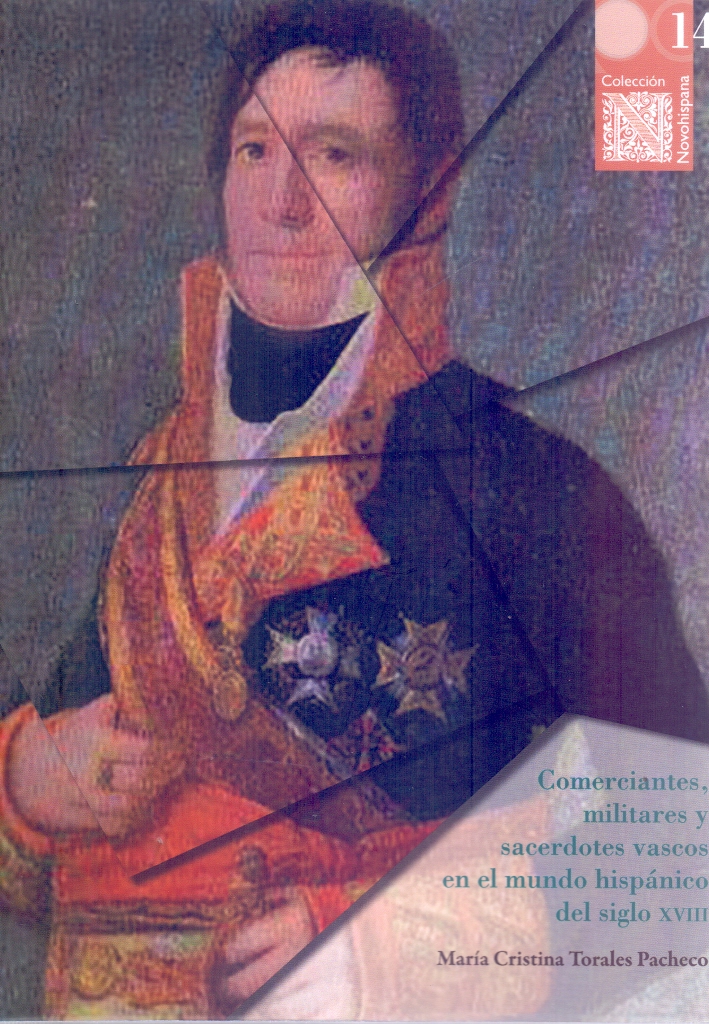 |
Comerciantes, Militares y Sacerdotes Vascos en el Mundo Hispánico del Siglo XVII Torales Pacheco, María Cristina Bonilla Artigas Editores |
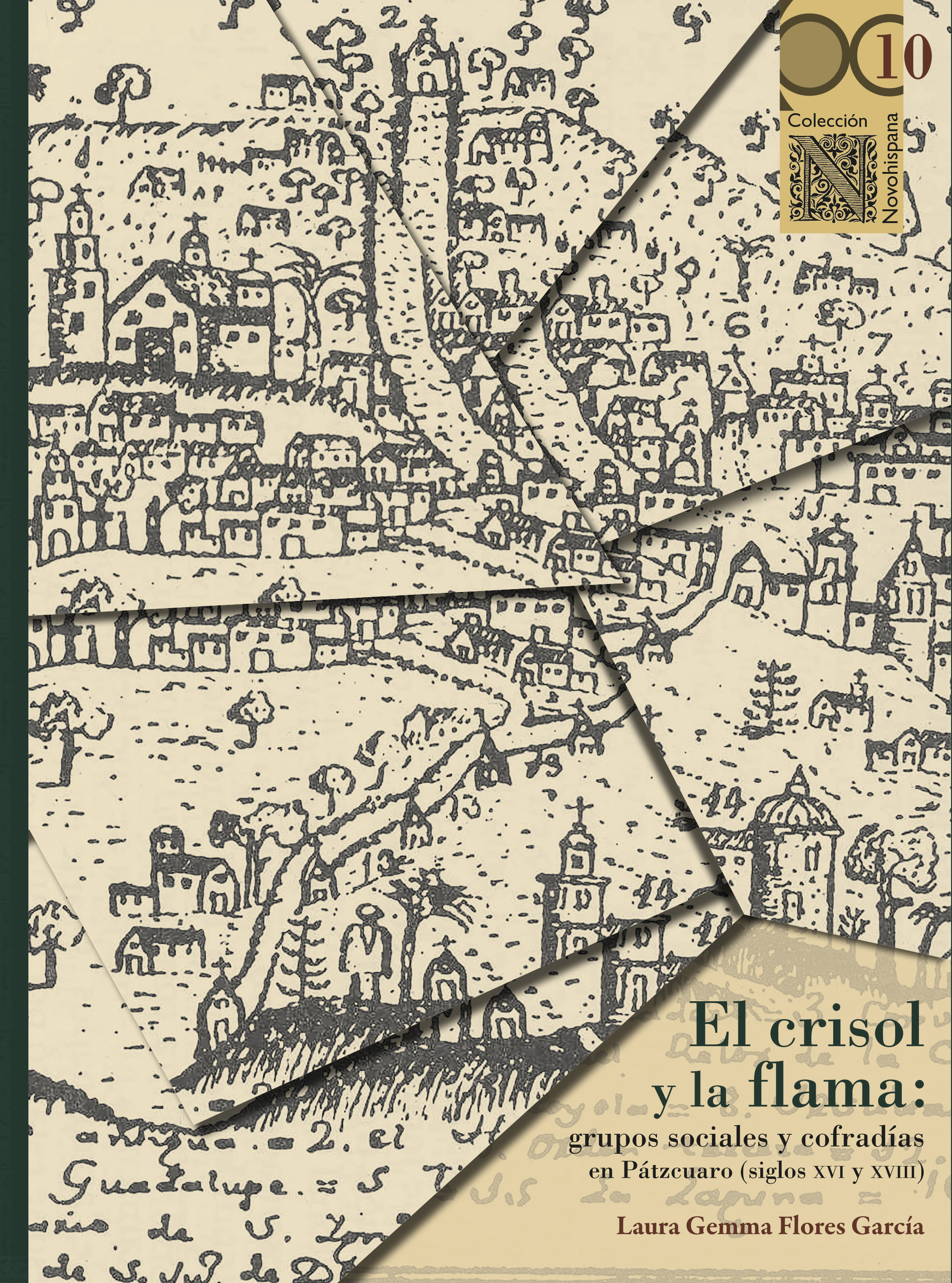 |
El Crisol y la Flama: Grupos Sociales y Cofradías en Pátzcuaro (Siglos XVI y XVI Flores García, Laura Gemma Bonilla Artigas Editores |
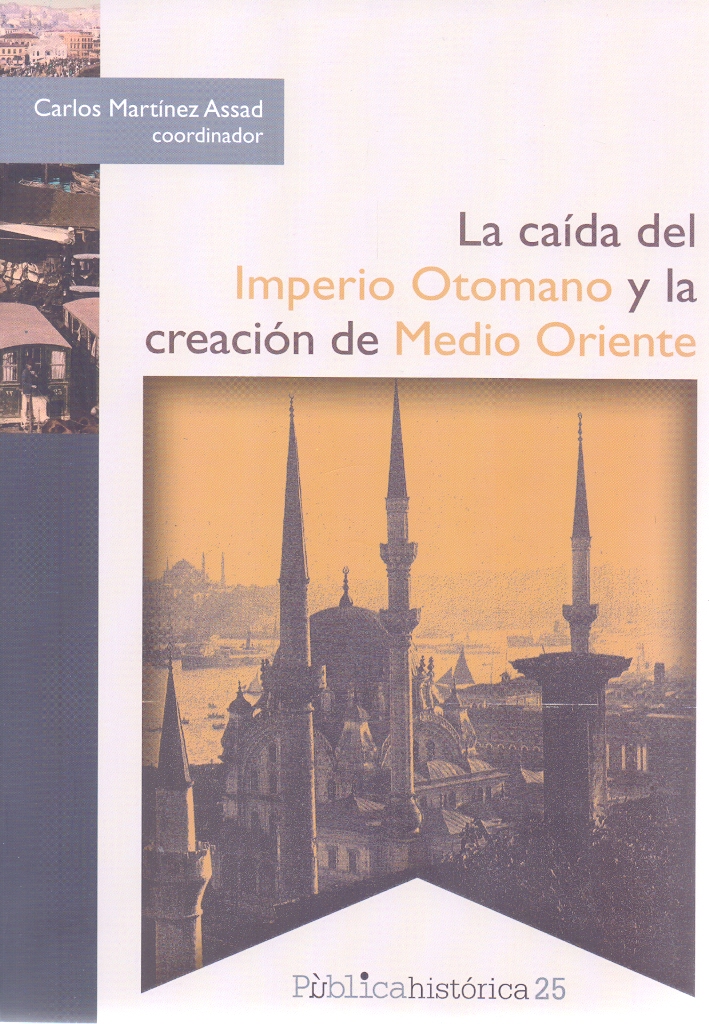 |
La Caída del Imperio Otomano y la Creación de Medio Oriente Carlos Martínez Assad Bonilla Artigas Editores |
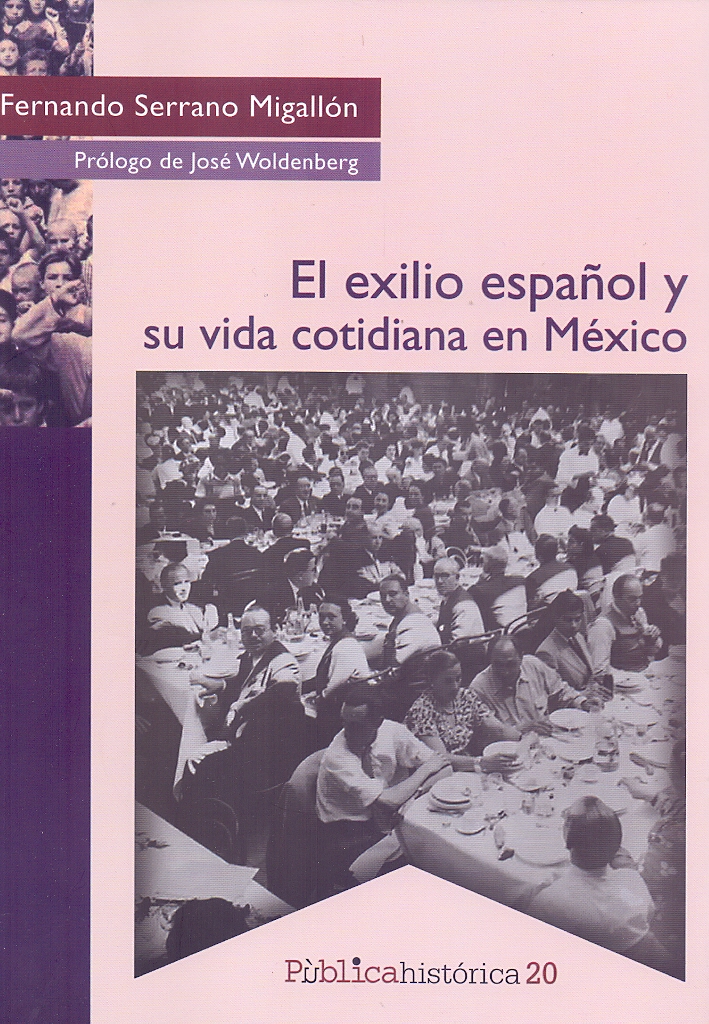 |
Exilio Español y Su Vida Cotidiana en México, El. Serrano Migallón, Fernando; Woldenberg José Bonilla Artigas Editores |


|
Título: A History Of The Oratorio Vol II. Tthe Oratorio In The Baroque Era Protestant | |
| Autor: Smither | Precio: $1600.00 | |
| Editorial: University Of North Carolina Press | Año: 1977 | |
| Tema: Historia, Estudio, Religion | Edición: 1ª | |
| Sinopsis | ISBN: 9780807812945 | |
| Written by an eminent scholar in a style that represents American musicological writing at its communicative best, A History of the Oratorio offers a synthesis and critical appraisal so exhaustive and reliable that the serious student of the oratorio will be compelled to look to these volumes as an indispensable source. No work on the history of the oratorio has yet appeared in the English language that is comparable in scope and treatment with Howard Smither's comprehensive four-volume work.
The first part of volume 2 examines in depth the antecedents and origins of the oratorio in Protestant Germany in the seventeenth century. It includes discussions of the Lutheran Historia, sacred dramatic dialogues, and the Lubeck Abendmusiken of Buxtehude. The second part treats the oratorio in Protestant Germany in the early eighteenth century and examines Handel, Reinhard Keiser, and J.S. Bach. The third part considers primarily the English oratorios of Handel. In most sections of A History of the Oratorio, the author has selected for special attention a few oratorios that are representative of each geographical area and period. An exception to this procedure is in the section on Handel in this volume, where all of the composer's English oratorios are treated fully with particular reference to recent specialized Handel studies. |
||
Librería Bonilla SA de CV © Todos los derechos reservados. 2019
Última actualización: Jul 2019



